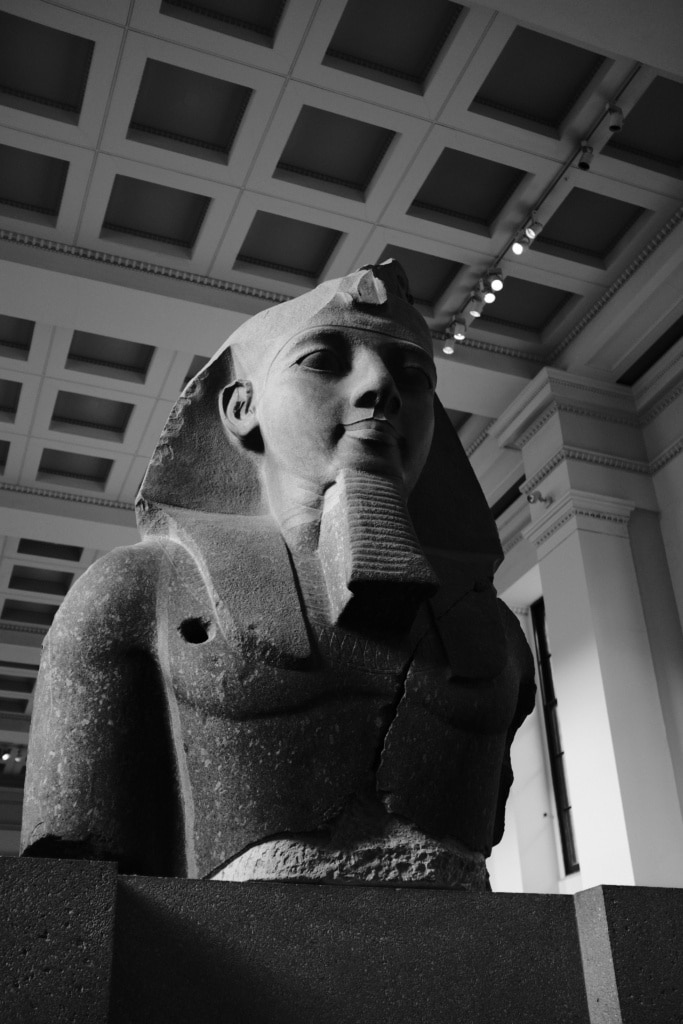Museum lighting design plays a pivotal role in how we perceive and interact with art and historical artifacts. It’s not just about visibility; it’s about crafting an ambiance that complements the essence of each piece. Striking the perfect balance between preservation and aesthetics is the core challenge faced by lighting designers in museums. In this guide, we’ll delve into the science, objectives, influencing factors, techniques, and conservation aspects of museum lighting to help you better appreciate this art form.
The Science Behind Museum Lighting Design
Understanding Light Sources
Light sources are the foundation of museum lighting. There’s a crucial distinction between natural and artificial lighting. Natural light can be awe-inspiring, but it poses risks to artifacts due to its UV impact. Artificial lighting, particularly LED lighting for museums, offers precise control and is energy-efficient.
Color Temperature and Its Impact on Perception
The color temperature of light profoundly affects how we perceive art. Warmer light (lower Kelvin temperatures) can evoke a sense of nostalgia, while cooler light (higher Kelvin temperatures) can make artifacts appear more contemporary. This aspect of lighting is pivotal in shaping the visitor’s experience.
UV and IR Considerations for Artifact Preservation
Preserving artifacts is a paramount concern in museum lighting design. UV and IR radiation can harm delicate pieces. To safeguard these treasures,previously, lighting designers may choose to incorporate UV and IR filtering mechanisms into the lighting systems. However, with LED UV lighting, this is no longer needed unless the fixture produces UV. Solais LED lights are designed to NOT enter the UV spectrum.
Flicker-Free Lighting for a Comfortable Viewing Experience
Flickering lights can cause discomfort and distraction when viewing exhibits. Opting for flicker-free LED solutions ensures that visitors enjoy a seamless, comfortable experience.
Objectives of LED Lighting for Museums
A well-executed museum lighting design achieves several key objectives:
Enhancing Visual Experience

Museum lighting should enhance visitors’ ability to see the details and colors of artifacts clearly. It can bring out the subtlest nuances in paintings and sculptures.
Highlighting Artifacts’ Details and Textures
Lighting designers use various techniques, such as directional lighting, to cast shadows and reveal textures, adding depth and dimension to the objects on display.
Creating a Narrative and Atmosphere
Lighting isn’t just about brightness; it’s about storytelling. Effective lighting can guide visitors through different exhibits, creating a cohesive narrative and evoking emotions tied to the artifacts.
Minimizing Glare and Reflections
Glare and reflections can be distracting and hinder the viewing experience. Careful aiming of lights and anti-glare measures such as snoots and honeycomb louvers are essential to minimize these issues.
Factors Influencing Museum Light
Several factors influence museum lighting design:
Types of Artifacts
Different artifacts require tailored lighting approaches. For instance:
- Paintings and sculptures benefit from spotlighting to emphasize details.
- Textiles and manuscripts require gentle, diffuse lighting to prevent damage.
- Historical artifacts and technological displays may necessitate innovative lighting solutions.
Architectural Layout of the Museum
The physical layout of the museum space dictates the choice of lighting fixtures and their placement. For example, track lighting options like the Nano Lucie can be versatile solutions. The entire LUCIE architectural line of trackheads paired with the GAIA+ track offers a streamlined installation with concealed adapters.
Cultural and Historical Context
The significance of artifacts within their cultural and historical context can influence the choice of lighting design. It’s about honoring the stories behind the objects.
Visitor Demographics and Expectations
Understanding the demographics and expectations of museum visitors is crucial. Lighting should cater to diverse audiences, from art enthusiasts to schoolchildren, to ensure an engaging experience.
Techniques for Effective Museum Lighting
Museum lighting designers employ a range of techniques to achieve their goals:
Directional Lighting for Emphasis
Directional lighting can draw attention to specific parts of an exhibit, highlighting key features and details. Spotlights, such as Solais’ LR38 – VNSP, are optimal for this kind of application.
Ambient Lighting for Mood
Ambient lighting sets the overall mood within a gallery or museum space, providing a backdrop that complements the exhibits. Downlights, like the Stretta by Solais, are popular as they provide a base lighting solution for even illumination.
Interactive and Dynamic Lighting Installations
Some museums incorporate interactive and dynamic lighting installations to engage visitors in a more immersive and participatory way.
Preservation and Conservation
Preservation is a fundamental aspect of museum lighting design:
Balancing Illumination with Artifact Protection
Maintaining a delicate balance between illumination and artifact protection is a constant challenge. Regulating light intensity and duration is critical to safeguarding the exhibits.
UV Filtering and Control
LEDs usually don’t enter the UV spectrum. If you do choose lighting fixtures that emit ultraviolet light, UV filters are an addition that can reduce the radiation risk to sensitive artifacts.
Monitoring and Adjusting Light Exposure
Regularly monitoring light exposure and artifact condition allows for adjustments to the lighting strategy, ensuring the continued preservation of the exhibits.
Museum Lighting Simplified by Solais
Museum lighting design is a dynamic field that blends science, artistry, and conservation. It has the power to transform the way we perceive and appreciate the treasures within museums. As this art form continues to evolve, it opens doors to innovative and sustainable lighting solutions.
If you’re considering a complex museum lighting design project, reach out to us at Solais. We’re here to shed light on your vision and help you create an unforgettable museum experience.
